Rubber duck toys, cute in appearance, make people feel stress-relieving when they are pinched, which is a favorite of many children. So, are your rubber ducks up to standard?
Environmental protection organizations Toxic-Free Corps and China Biodiversity Conservation and Green Development Foundation (CBCGDF) jointly released the latest report on August 26: “Safety Investigation on Chemicals Contained in Plastic Toys on E-commerce Platforms (Ⅱ) - Take the 3C Certification and Plasticizer Issues of Rubber Ducks As An Example”.
The investigation showed that only 36% of the qualified products that have real and effective 3C certification and that the ortho-benzene plasticizers are qualified for inspection.
Which e-commerce platforms do the products for inspection come from?
In May 2019, Toxic-Free Corps and CBCGDF jointly released “Safety Investigation on Chemicals Contained in Plastic Toys on E-commerce Platforms - Take the 3C Certification and Plasticizer Issues of Rubber Ducks As An Example”, and fed back the investigation results to various e-commerce platforms, market supervision departments, and consumer rights organizations, received positive responses. Relevant e-commerce platforms have taken measures to completely remove related products with excessive plasticizers and require merchants to fill in 3C mandatory certification information before they can resume selling related products.
In April this year, Toxic-Free Coprs opened a new round of investigation, and once again jointly released the investigation report with CBCGDF. In this round of investigation, in addition to the three major e-commerce platforms of Taobao, JD, and Pinduoduo, the samples have also been extended to some e-commerce platforms dedicated to maternity and baby products and offline physical stores.
This investigation verified the 3C certification information of 334 rubber duck toys online, actually purchased 120 of these products and checked the authenticity of their 3C certification, and took 70 samples from them and sent them to a qualified third-party laboratory to test their O-benzene plasticizer content.
The overall compliance rate of ortho-benzene plasticizers has increased, but the extent of exceeding the standards is still serious.
The investigation result showed that the overall compliance rate of the O-benzene plasticizer of the investigated samples of rubber duck toys was 64%. Among them, the total compliance rate of the three major e-commerce platforms is 60%, which is a significant increase compared with 25% in 2019.
Among the 9 e-commerce platforms, 7 detected rubber duck toys O-benzene plasticizer exceeding the standard, and 4 out of 11 physical stores found related problems.
What is worrying is that among the 70 rubber duck toys submitted for inspection, 25 have detected that the phthalate content exceeds the maximum limit allowed by the country, and the exceeding range is 4.81-409 times. Among them, 20 models exceeded the standard by more than 200 times. It can be seen that excessive plasticizers are still common and the degree is still serious.
Toxic-Free Coprs believes that compared with the investigation results in 2019, the problem of O-benzene plasticizer exceeding the standard has been improved to some extent, but there is still a certain distance from effective control. The safety of rubber toys containing chemicals is still a common challenge for the entire e-commerce industry and even the retail industry. The risk of consumers, especially children, being exposed to phthalates through rubber toys is still worrying.
A few 3C certified products O-benzene plasticizer still exceed the standard.
This investigation found that the overall samples of rubber duck toys on the three major e-commerce platforms, the real effective rate of their 3C certification is 30%, the product qualification rate is 27%, and the disclosure rate of 3C certification information web pages is 49%. Not only is it still at a low level, but compared with 2019, there is almost no improvement.
In general, other e-commerce platforms and offline physical stores are significantly better than the three major e-commerce platforms in terms of the authenticity of rubber duck toys' 3C certification. But in terms of information disclosure on the webpages, the three major platforms are clearly ahead of other platforms.
Toxic-Free Corps believes that the three major e-commerce platforms have not done enough to ensure that products have authentic and effective 3C certification, and the management system of 3C certification still needs to be strengthened.
The investigation shows that the true effectiveness of the 3C certification of rubber duck toys is positively related to the compliance rate of their O-benzene plasticizer. This shows that e-commerce platforms or merchants can effectively control the hazards of O-benzene plasticizer by ensuring that the products they sell have authentic and effective 3C certification. However, there are a small number of O-benzene plasticizers with 3C-compliant products that exceed the standard.
What are the hazards of ortho-benzene plasticizers to children?
O-benzene plasticizer is often used to soften polyvinyl chloride (PVC) plastic materials. These plastic products include soft plastic toys for children, erasers for school supplies, food contact materials and so on.
O-benzene plasticizer has high mobility. Once it encounters oily substances such as hot water or shower gel, it will "run" out of rubber products. Then enters the human body through the respiratory tract, digestive tract, skin, etc., and interferes with the body's normal endocrine system. Studies have shown that O-benzene plasticizer can promote the decline of sperm quality in men, precocious puberty in women, and increase the risk of asthma and allergies in children and adults.
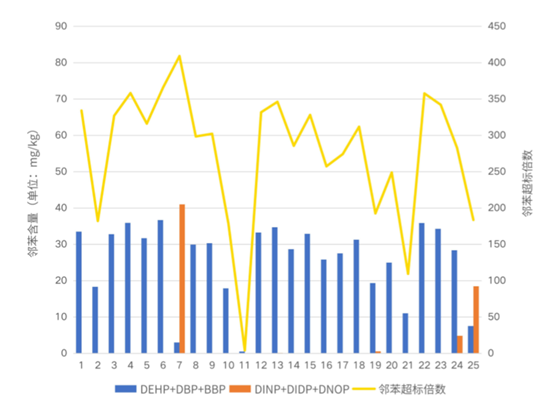
Exceeding standard of ortho-benzene plasticizer of products submitted for inspection (Photo credit: China Environment News)
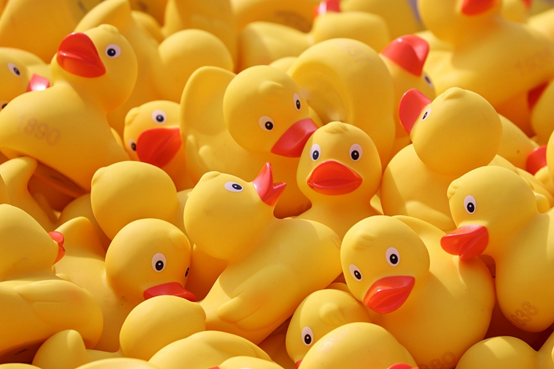
(Photo credit: Pixabay)

(Photo credit: Toxic-Free Corps)

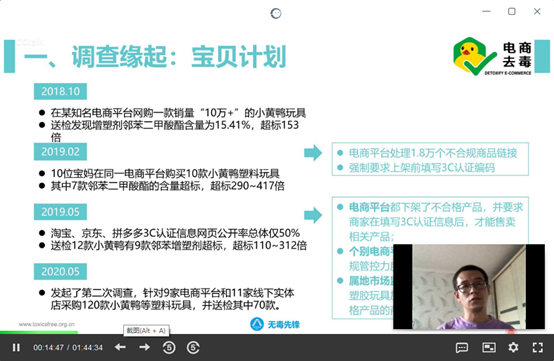



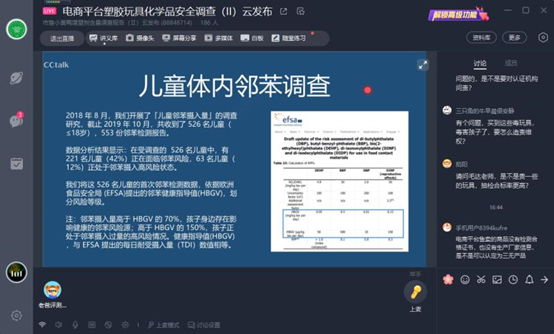
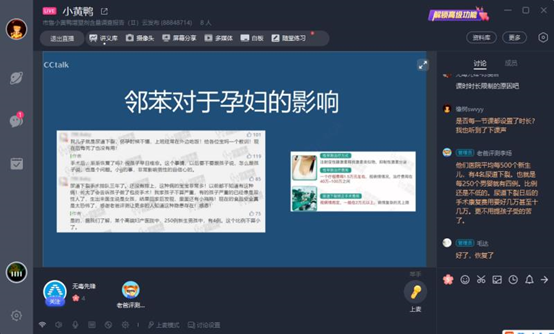
(Photo credit: CBCGDF)
Original Chinese article:
https://res.cenews.com.cn/h5/news.html?id=98953
By / Maggie
https://www.paypal.me/CBCGDFChina
http://www.cbcgdf.org/English/ConfirmDonaTion/0.html


(Please indicate "I read CBCGDF" in the payment notes, thank you!)
